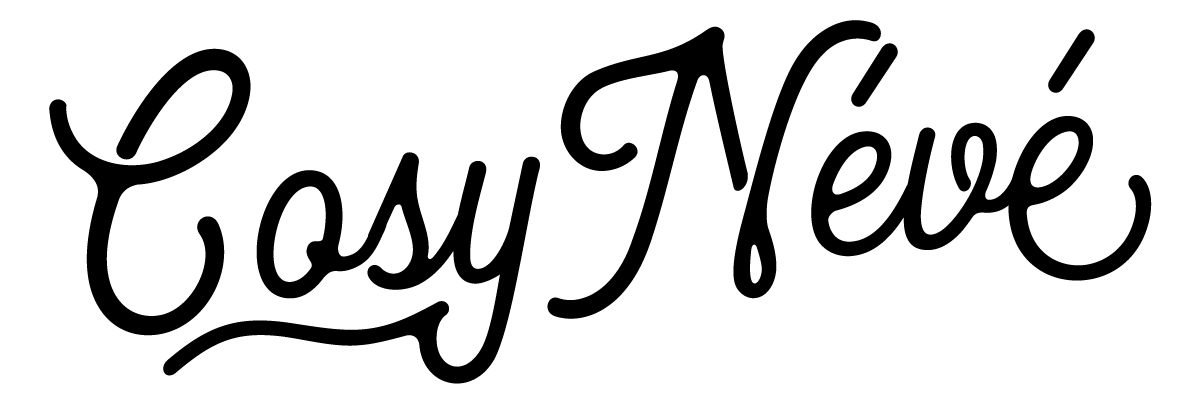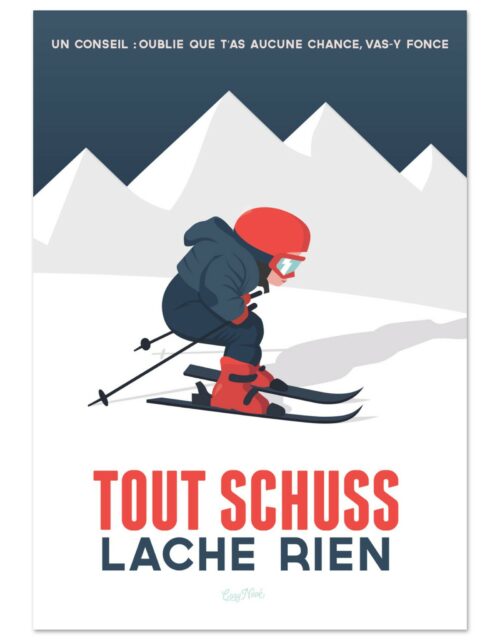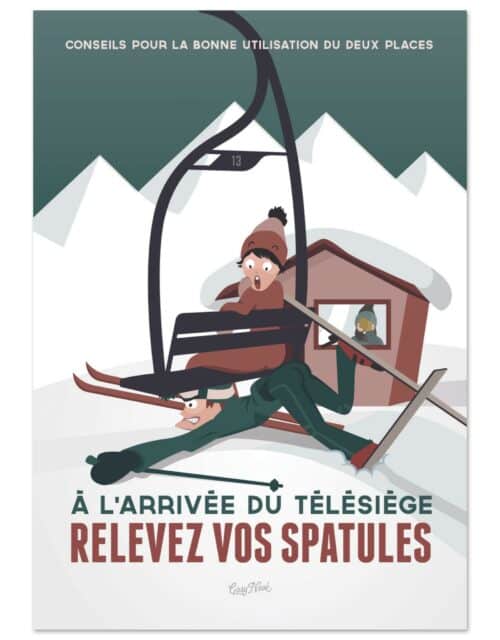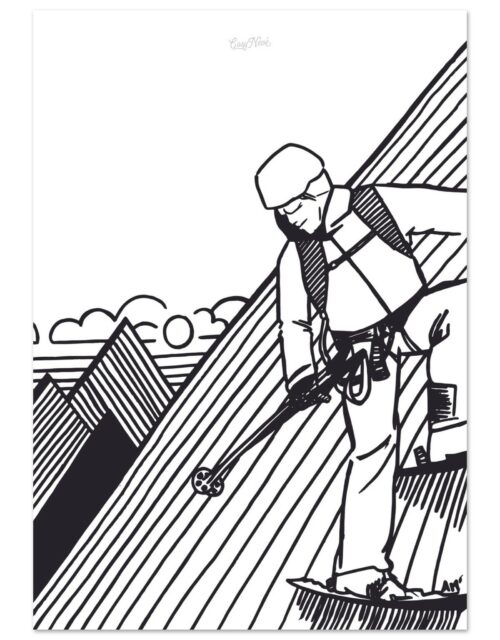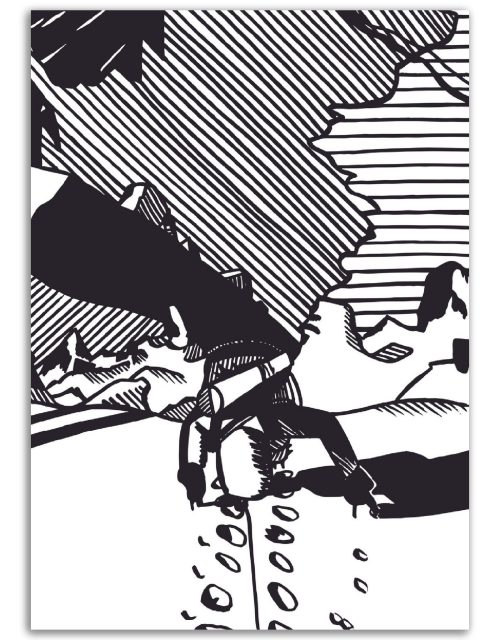I recently read an interesting article about IKEA generating 3D images for the new catalogue 2013 in order to be more cost effective: a wise idea !
Here are some extracts of The Wall Street Journal, by JENS HANSEGARD.You can read the full article by clicking here.
Much of the furniture and settings in the 324-page catalog are simply a collection of pixels and polygons arranged on a computer.
This year 12% of IKEA’s content for the Web, catalog and brochures were rendered virtually; that number will increase to 25% next year.
In all, IKEA plans to publish 208 million catalogs this year, more than double the amount of Bibles expected to be produced. And it will create 62 different versions in 43 countries.
Can you find which image is 3D and which one is real ?

This is a real photo.

This is a 3-D model.

This is a 3-D model.

This is a real photo
“It’s a clever way to save money,” Anneli Sjogren, head of photography at IKEA, said during a recent interview at the company’s sprawling photo studio in this sleepy southern town. “We don’t have to throw away kitchens in the Dumpster after the photo shoot.”
Instead, sets for entire rooms—spanning kitchens to bathrooms to porches—can be mocked up and created on a computer screen without the help of a single camera.
The practice is allowing IKEA to easily manipulate imagery to use a set created for one country—where dark wood might be popular—to another where lighter hues are all the rage.
IKEA doesn’t break out just how much money this will save, but the company has an aggressive strategy to keep its prices down. The company cut prices an average of 2% to 3% every year during the last decade while expanding aggressively, and still manages to squeeze more profits from the operation on a yearly basis.
Putting together a catalog is a massive task, taking about 10 months from concept to finished product. Until late in the last decade IKEA relied entirely on its sprawling photo studio here. The studio is one of the largest in Europe, covering 94,000 square feet—about a third the size of an IKEA store—and employs 285 photographers, carpenters, interior designers and other people working full time on photo shoots.
IKEA’s 3-D team is housed in the same building. Faced with a shortage of people capable of doing this work, the company is collaborating with photo schools to teach computer design skills. “With real photography you’re constrained by the four walls,” Ms. Sjogren said, noting the company is running out of room in its studio.
“A kitchen has to be built in a week or two and then torn down the following week to make room for a bedroom shoot…everything has to run like clockwork.”
A kitchen shot for potential U.S. buyers might have darker colors. “Now let’s say we want to sell that kitchen in Japan,” she added. “Japanese people, like Scandinavians, like lighter hues of wood than Americans.”
Instead of rebuilding the kitchen, IKEA can easily change the color and the background. “And we can still use the same basil plant on the counter. In 3-D, the basil plant never wilts,” she said.
Iems tend to look too perfect when done on computers, so the traditional studio’s crew, such as carpenters, sit with the artist to add wear to a piece of furniture or fingerprints to a surface.
“Let’s say we have a door that is supposed to look like an old door that has been repainted, Ms. Sjogren said. Carpenters “know where surfaces fade and wear and have a fine eye for detail and they can help the 3-D artist get the right look.”
IKEA started dabbling in 3-D design in 2005, when three interns specializing in computer graphics spent a year working on a graduate-school thesis. Before their arrival, IKEA had used computers only to retouch photographs. These interns were charged with creating an image of an IKEA product without using a camera. They went to work on a small wooden chair and, after a year, solved it.
“There was a lot of excitement here at IKEA about that little chair,” Ms. Sjogren said. The company placed the image in the 2006 to see if any customers noticed a difference between real and fake.
Nobody did, she said.
Source : The Wall Street Journal
By JENS HANSEGARD
